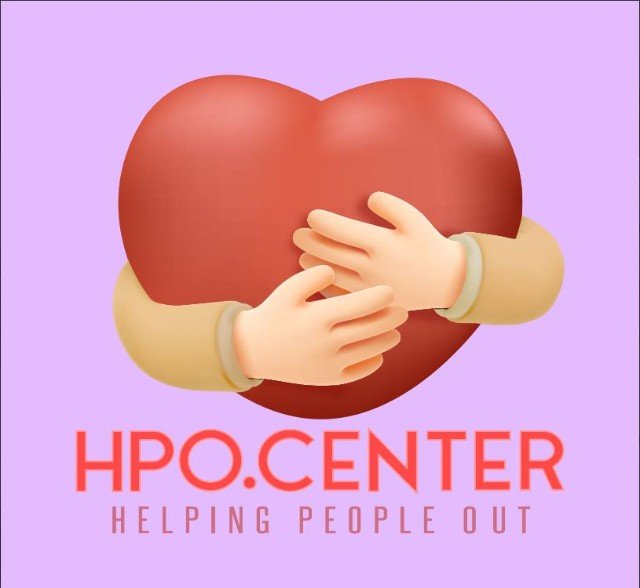Overcomplicated Logo Design
Fixing Overcomplicated Logo Design: Simplifying Logos for Better Brand Recognition
Is your logo struggling to make an impact? Overcomplicated logo designs can dilute your brand's message and hinder recognition. A simple, clean logo often performs better, making it easier for your audience to remember and connect with your brand. Here’s how to simplify your logo design to enhance brand recognition and effectiveness.
The Problem: Overcomplicated Logo Design
An overcomplicated logo can lead to:
Poor Recognition: Complex designs can be hard to remember and recognize, making it difficult for your audience to identify your brand quickly.
Reduced Versatility: Intricate logos may not work well across various platforms and sizes, leading to inconsistent branding.
Cluttered Appearance: Overly detailed logos can appear cluttered, reducing visual appeal and making it harder for users to focus on key elements.
The Solution: Simplifying Logos for Better Brand Recognition
1. Focus on Core Brand Elements
Strip down your logo to its essential components.
Identify Key Elements: Determine which elements of your current logo are crucial to representing your brand. Focus on these core elements while eliminating unnecessary details.
Prioritize Clarity: Ensure that the remaining elements clearly convey your brand’s message and are easily recognizable.
Simplify Imagery: Use simple shapes and symbols that effectively represent your brand without overwhelming the viewer.
2. Choose a Clean Typography
Typography plays a crucial role in logo design.
Select Legible Fonts: Choose fonts that are easy to read and align with your brand’s personality. Avoid decorative fonts that may compromise readability.
Limit Font Variations: Use one or two font styles to maintain consistency and avoid visual clutter.
Adjust Font Size and Spacing: Ensure that text is appropriately sized and spaced for clarity and balance in your logo.
3. Utilize Limited Color Palettes
A limited color palette can enhance logo simplicity and effectiveness.
Choose a Primary Color: Select one primary color that represents your brand and use it consistently across all branding materials.
Use Secondary Colors Sparingly: If needed, incorporate one or two secondary colors to complement the primary color, but avoid using too many colors.
Ensure Contrast: Ensure sufficient contrast between colors to maintain visibility and readability in various applications.
4. Design for Versatility
Your logo should work well in different contexts and sizes.
Create Scalable Versions: Design a logo that retains its integrity and clarity when scaled up or down. Avoid intricate details that may become indistinguishable at smaller sizes.
Test Across Mediums: Ensure your logo performs well on various platforms, including websites, social media, print materials, and merchandise.
Provide Variations: Develop different versions of your logo, such as monochrome and simplified versions, to ensure versatility and adaptability.
5. Avoid Trends and Focus on Timelessness
While trends can be tempting, a timeless design ensures longevity.
Stick to Classic Design Principles: Use design principles that have proven effective over time rather than chasing temporary trends.
Aim for Longevity: Design a logo that will remain relevant and effective as your brand grows and evolves.
Evaluate Long-Term Appeal: Consider how the logo will be perceived in the future and whether it will continue to represent your brand effectively.
6. Gather Feedback and Refine
Feedback can help you identify areas for improvement and ensure your logo resonates with your audience.
Seek Input from Stakeholders: Share your simplified logo design with team members, clients, and other stakeholders to gather their opinions and insights.
Conduct User Testing: Test your logo with a sample of your target audience to ensure it effectively represents your brand and is easily recognizable.
Make Adjustments: Refine your logo based on feedback to enhance its effectiveness and alignment with your brand identity.
7. Create a Brand Style Guide
A brand style guide ensures consistency in logo usage and branding.
Define Usage Guidelines: Include rules for logo placement, size, and spacing to ensure consistent application across different media.
Outline Color and Font Specifications: Provide details on the color palette and typography used in your logo to maintain brand coherence.
Include Examples: Provide examples of correct and incorrect logo usage to guide your team and partners.
Putting It All Together
To fix overcomplicated logo design issues, focus on simplifying your logo for better brand recognition. Streamline core brand elements, choose clean typography, and utilize a limited color palette. Design for versatility, avoid trends, and gather feedback for refinement. Create a comprehensive brand style guide to ensure consistent application of your logo across various platforms.
By simplifying your logo, you’ll enhance brand recognition, improve visual appeal, and create a more memorable and effective representation of your brand. Start refining your logo today to strengthen your brand’s identity and impact.

